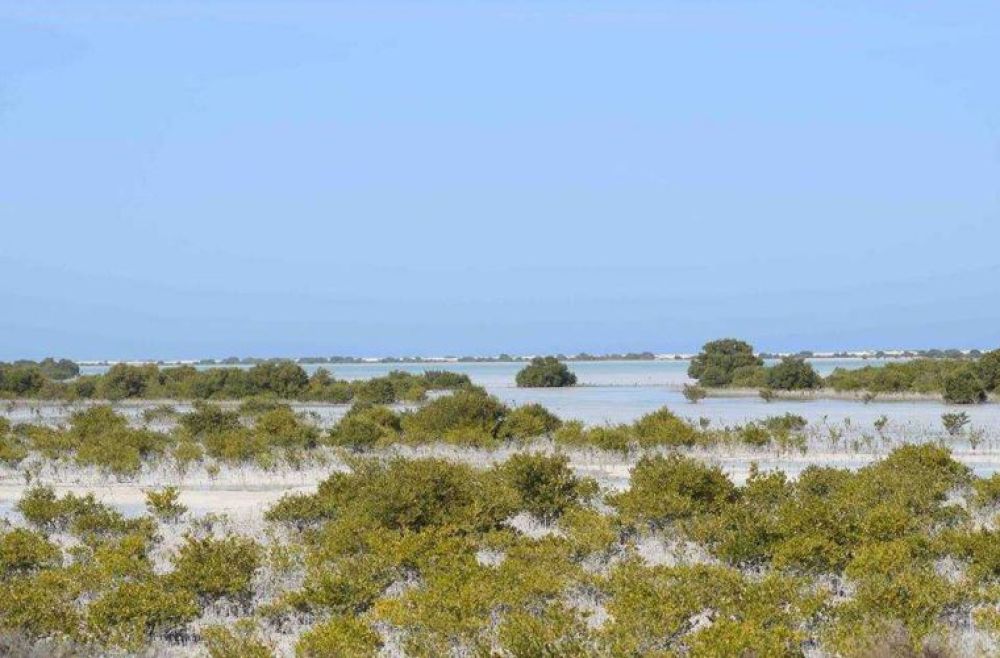

Umm Tais National Park is a picturesque natural reserve located in the northern region of Qatar, within the municipality of Madinat ash Shamal. This area, renowned for its diverse landscape, rich biodiversity, and cultural significance, has been a point of interest for both local and international tourists.
The history of Qatar's tourism can be traced back to a time when the region's cultural heritage and natural resources began drawing the attention of outsiders. Initially, travelers were intrigued by the traditional Qatari lifestyle, the bustling markets, and the archaeological sites that tell the tale of the country's ancient civilizations. With the discovery of oil and natural gas, Qatar transformed drastically, and as its economy grew, so did its tourism infrastructure.
From the late 20th century, Qatar started to diversify its economy by investing in various sectors, including tourism. The country began to construct state-of-the-art tourist facilities, luxury hotels, and cultural institutions like the Museum of Islamic Art and the National Museum of Qatar. Events such as the 2006 Asian Games in Doha placed Qatar on the global stage.
The government of Qatar developed the Qatar National Vision 2030 plan which includes a significant focus on the sustainable development of the tourism sector. With the hosting of the FIFA World Cup 2022, the country has witnessed an unprecedented boom in tourism, showcasing its capabilities to handle large-scale international events.
As part of this ongoing evolution in Qatar tourism, Umm Tais National Park stands as an ecotourism destination with unique attributes. Designated as a national park, the area is well-known for its mangroves, pristine beaches, and wildlife, making it an attractive spot for eco-friendly activities and family outings. The park showcases a different side of Qatar's otherwise desert-dominated landscape.
The latest tourism trends in Qatar are characterized by a blend of luxury, culture, and sustainability. Visitors are now seeking authentic experiences that combine comfort with immersion in the local heritage. Eco-tourism is on the rise, with places like Umm Tais National Park offering a natural respite from urban life and an opportunity to engage with Qatar's environment respectfully.
Adventure tourism is also gaining momentum, with opportunities for desert safaris, dune bashing, and water sports. The country is moving towards offering a variety of entertainment options for all ages, with theme parks and cultural festivals enriching the tourism landscape.
Qatar's commitment to delivering a legacy post-FIFA World Cup includes initiatives to maintain the interest of tourists. One of these initiatives is the development of sustainable attractions like Umm Tais National Park, which falls in alignment with the global trend towards environmentally conscious travel.
Cultural events and sports continue to be a significant draw, with a wide array of programs and activities organized throughout the year to showcase Qatar's diverse culture and art scene. This enables visitors to enjoy a multifaceted experience that spans the thrill of modern attractions and the peace of natural escapes like Umm Tais.
In summary, the history and the future of tourism in Qatar are shaped by a balance of tradition and innovation, with destinations like Umm Tais National Park playing a crucial role in presenting the nation's commitment to sustainability and ecological preservation.